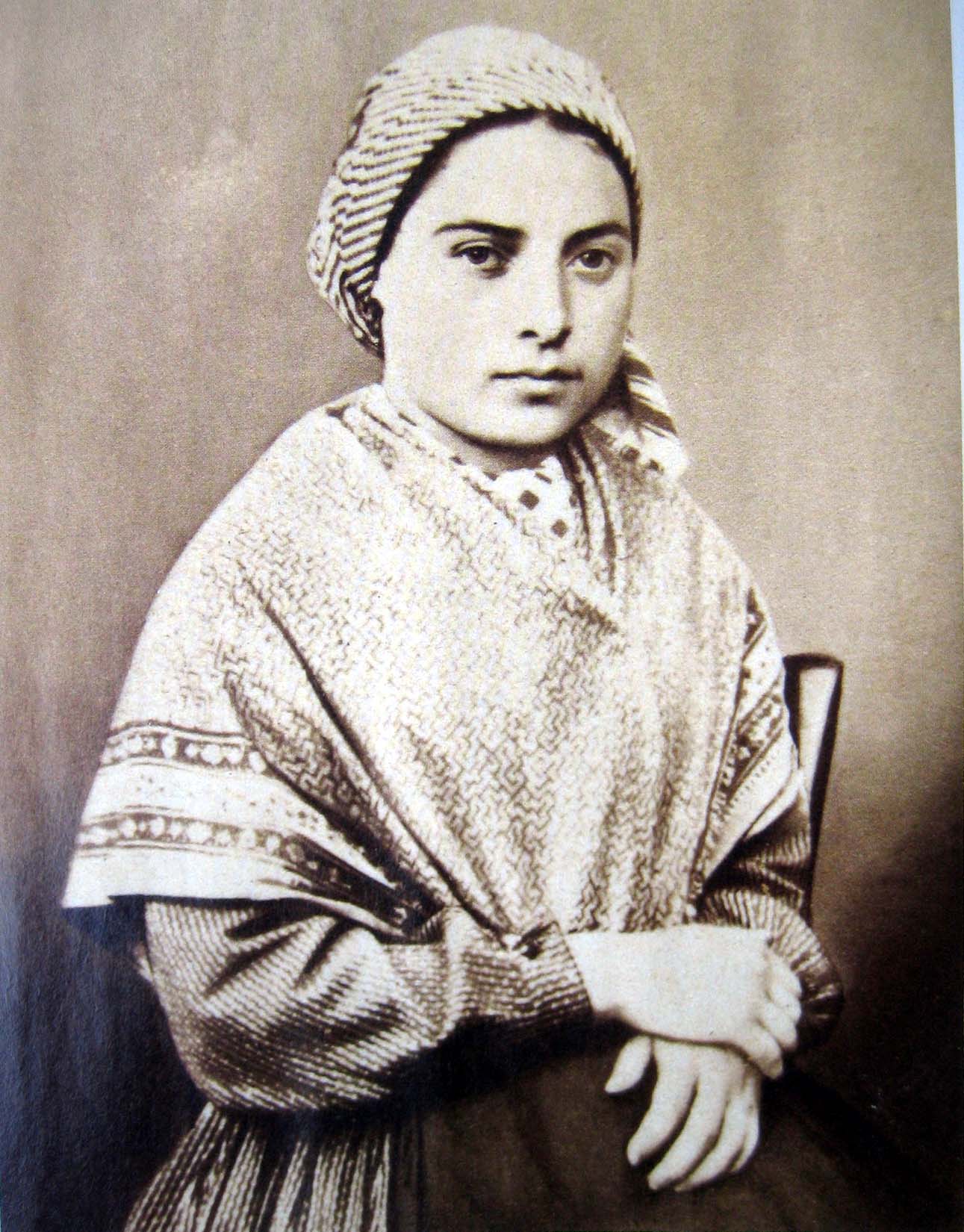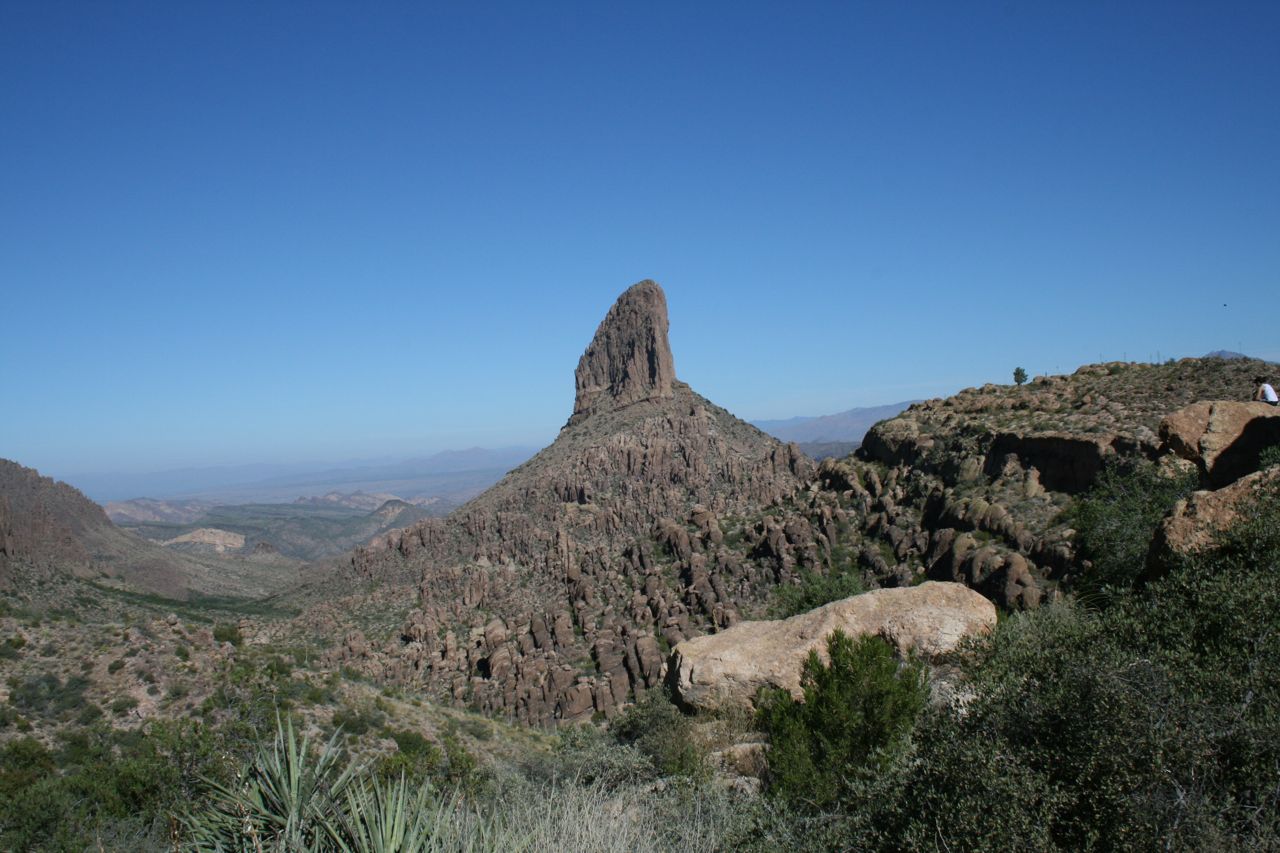 |
The Georgia Guidestones
Photo courtesy of Belinda Dobie |
The Georgia Guidestones is a unique and peculiar monument. It is a modern structure and yet is a near-complete mystery. The monument is located on a hilltop in Elbert County, Georgia. It has been there for nearly thirty years, confusing scientific minds and angering many Christian groups.
The Georgia Guidestones consist of four tall granite slabs, a centerpiece of equal height and a capstone that sits atop the five stones. The four granite slabs are each 16 feet, 4 inches tall. They are 6 feet, 6 inches wide and 1 foot, 7 inches thick. They each weigh more than 20 tons. The capstone weighs roughly 25,000 pounds. This structure has led to the nickname the "American Stonehenge," which is shared with a native location in New Hampshire.
A man who called himself Richard C. Christian commissioned the Georgia Guidestones. Richard went to the Elberton Granite Finishing Company in 1979 and said that he wanted to build a monument that would send a message to mankind. When the man there heard the scope of the project, he told Richard that he would need some proof that he would be able to pay for it. He could not start on such a job (the largest that the company had ever undertaken) without reassurance. So, Richard C. Christian went to the local bank.
At the bank, Richard spoke with banker Wyatt Martin. He told Martin that Richard C. Christian was a pseudonym and that he and a private group had been planning the construction of the Georgia Guidestones for twenty years. They wished for the entire project to remain strictly anonymous. Wyatt later said that Christian was well dressed and well spoken. He had no reason to believe that the man was not sane or a prankster. Nonetheless, he needed to know Christian’s real name before he could conduct any transactions with him.
Christian agreed, but with a few conditions. After the transactions were complete, the documents with his name on it were to be destroyed. Wyatt would also have to sign a document stating that he would never reveal Christian’s identity to anyone. These terms were met and so Christian set about finding a location for the monument and getting all of the details sorted out. The name of the group that Christian was acting on behalf of was never disclosed, nor was the identity of any other parties involved.
Construction on the Georgia Guidestones began in 1980. Before the stones were even finished being etched there were rumors that they were the work of the devil. There were also rumors that they would become some sort of pagan landmark. The rumors got even worse once the monument was finished. Some people believe that the New World Order commissioned it. Others believe that it sets forth the commandments of the antichrist. Others still believe that it contains guidelines, or advice, for survivors of the apocalypse. Yet another belief is that followers of Thomas Paine commissioned them. This actually may be true, given that there are certain parallels between the guides and Paine’s “The Age of Reason.”
Now, the reason for all the to-do about the Georgia Guidestones is not so much the mysterious stones, but their design and message. Richard C. Christian had a few specifications for the large stones he asked for. They were to be notched and have holes in them that would allow for the structure to act as a compass and a calendar. The sun shines through a hole in the capstone and shows what day it is on the centerpiece everyday at noon. The North Star can be viewed through a slot in the centerstone all of the time. There are also other ways to track the movement of the stars and sun with the Georgia Guidestones.
The above functions obviously give the monument a decidedly ancient pagan feel. However, that is not the contention of many modern Christians regarding the Georgia Guidestones. The problem seems to be the “commandments” that were etched into either side of each of the four slabs and, what could be a sort of title that was etched into the capstone. On the capstone, the words “Let these be guidestones to an age of reason” were etched in classical Greek, Sanscrit, Egyptian hieroglyphs and Babylonian cuneiform. On the stones were ten “rules,” “guides,” or “commandments,” depending on how you look at them. They were written in English, Swahili, Hebrew, Spanish, Russian, Arabic,
Chinese and Hindi.
This is what they read in English:
- Maintain humanity under 500,000,000 in perpetual balance with nature
- Guide reproduction wisely-improving fitness and diversity
- United humanity with a living language
- Rule passion-faith-tradition-and all things with tempered reason
- Protect people and nations with fair laws and courts
- Let all nations rule internally resolving external disputes in a world court
- Avoid petty laws and useless officials
- Balance personal rights with social duties
- Prize truth-beauty-love-seeking harmony with the infinite
- Be not a cancer on the earth-Leave room for nature-Leave room for nature
The meaning of the guidestones is relatively clear. A group of people wanted to set forth their beliefs on a monument that the rest of humanity could read. It is obvious that their hope is that these beliefs are viewable for quite some time. Are these statements simply ideals that these people hoped the world would understand and some day abide by? Are they ideals that these people hoped would help guide humanity after an apocalypse? Or, are they the commandments of the antichrist or the beliefs of the New World Order? We may never know. The only man who knew the identity of the only individual known to be connected to the text on the Georgia Guidestones has sworn to carry his secret to the grave.
SourcesSullivan, Randall, American Stonehenge: Monumental Instructions for the Post-Apocalypse, retrieved 1/25/10,
wired.com/science/discoveries/magazine/17-05/ff_guidestones?currentPage=4


